On Episode #145 of the PricePlow Podcast, Mike and Ben sit down with Christian Jonassen and Preston Losee from Arla Foods Ingredients to learn more about manufacturing protein bars and high-protein snacks - especially from the ingredient perspective.
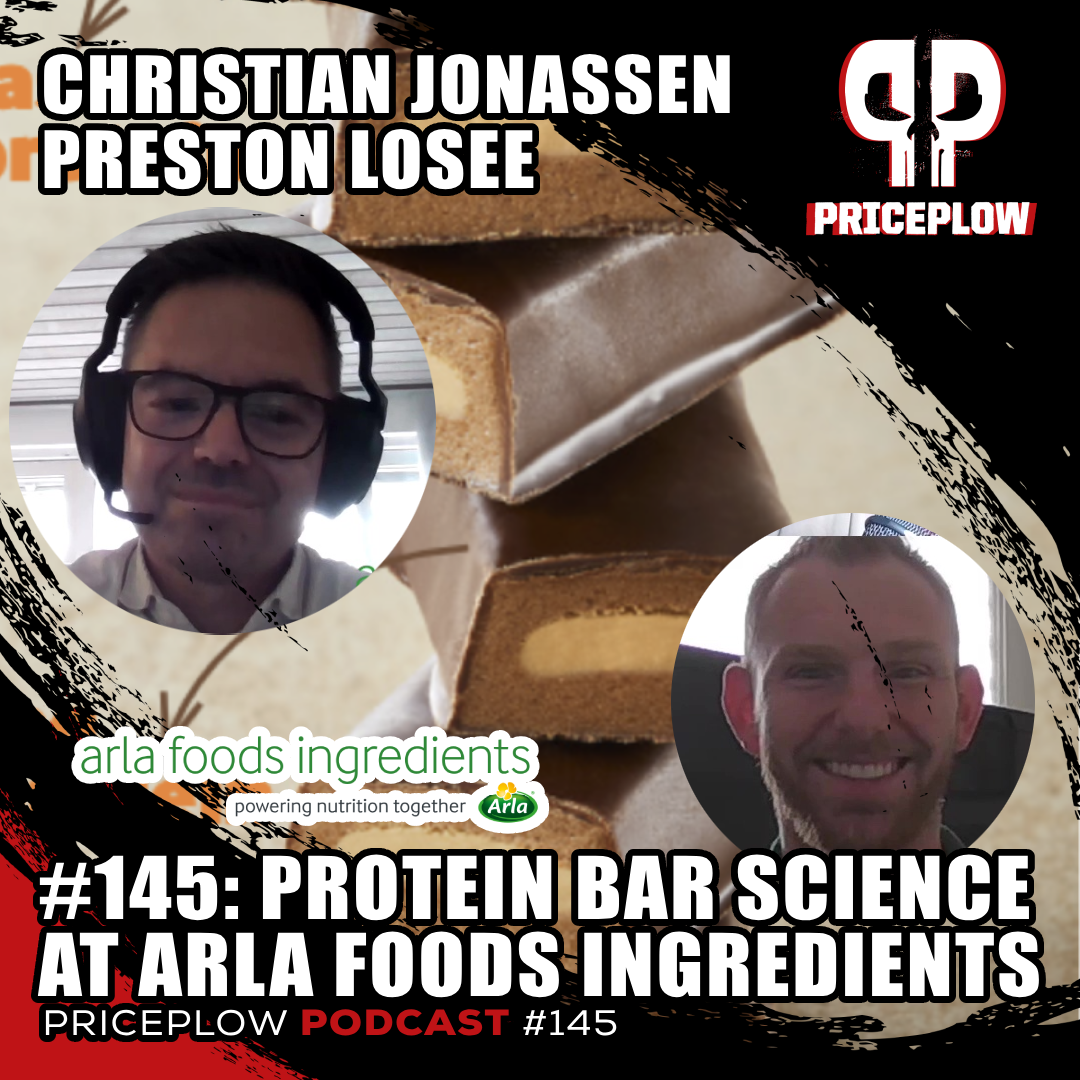
Christian Jonassen and Preston Losee of Arla Foods Ingredients join PricePlow Podcast for Episode #145 to discuss the science of protein bars, high-protein snacks, and the products from Arla Foods Ingredients to make them work best -- for the long haul.
Arla Foods Ingredients is a subsidiary of Arla Foods, the world's fourth-largest dairy company. We recently covered their platform of protein powders specifically designed for protein bars in our article, "Making Protein Bars WORK with Arla Foods Ingredients", and decided it was time to bring in an expert.
Christian, who has a background in baking and food technology, focuses on the science of incorporating protein into baked goods, while Preston, an account manager, discusses Arla's involvement in the health and performance nutrition sector as a whole.
They highlight the importance of ingredient selection in creating high-quality protein products, referencing a memorable protein brownie made with Arla's ingredients that impressed at the Arnold 2024 expo.
Subscribe to the PricePlow Podcast on Your Favorite Service (RSS)
https://blog.priceplow.com/podcast/protein-bar-science-arla-foods-ingredients-145
Video: Protein Bar Science and Ingredients with Christian Jonassen
Podcast: Play in new window | Download (Duration: 1:01:14 — 56.1MB)
-
00:00 - Introduction and Background
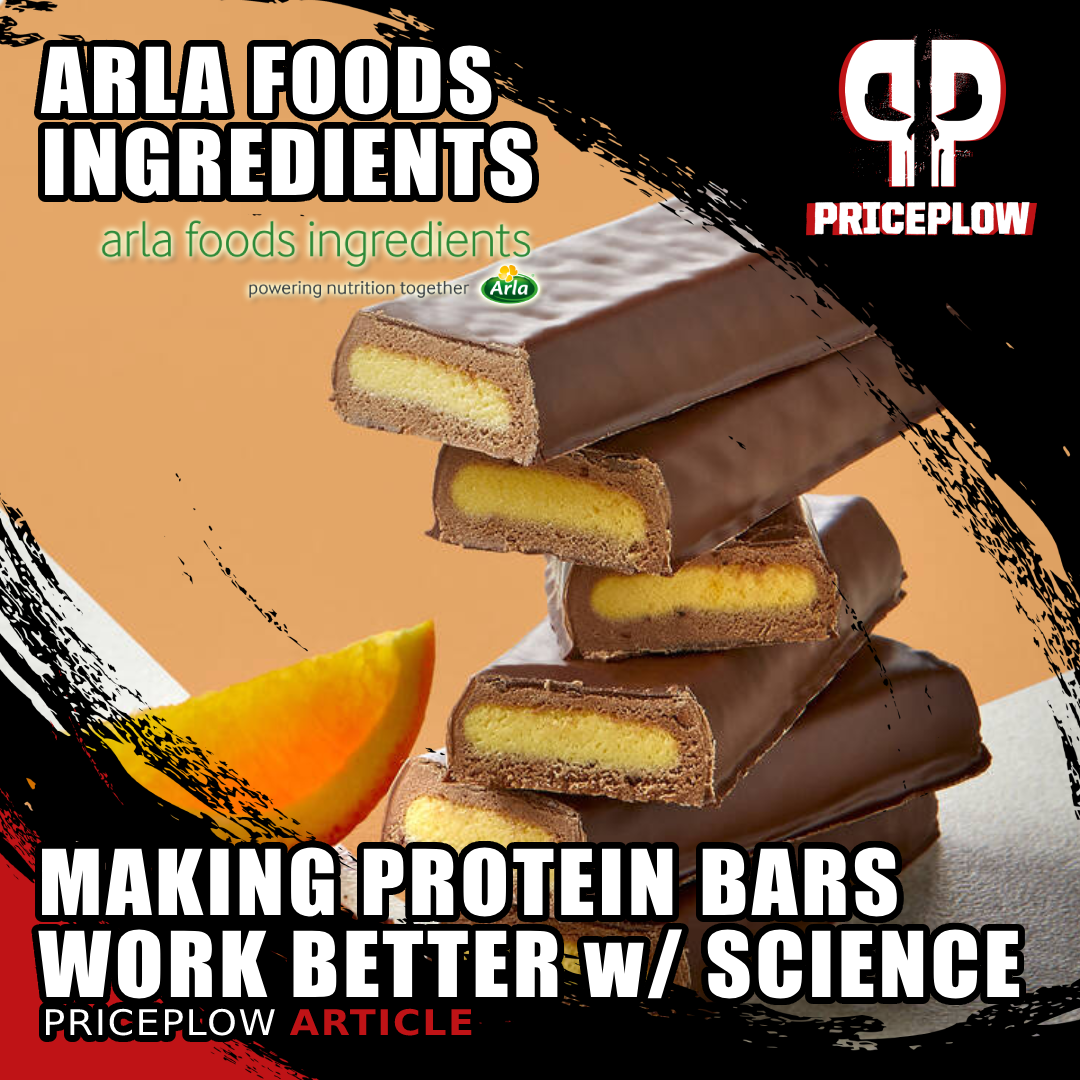
Arla Foods Ingredients offers specialized protein powders that make a world of difference in functional food applications. With years of testing, they've perfected high-protein snack solutions, making them soft and luxurious rather than hard or chewy.
Mike introduces the duo, flashing back to our first podcast with Preston, where we learned about innovating clear proteins with Arla Foods Ingredients in Episode #108. Mike gets into that memorable protein brownie from the Arnold 2024 expo, which he still wants more of. Preston acknowledges that it used their ingredients, and was baked by Michael Alfaro of Master Foods Lab, who we spoke with in Episode #125.
This episode will serve as a continuation of those two episodes, but with Christian on hand, we have a food scientist who is also trained as a baker, allowing for a scientific discussion of all ingredients, including proteins and other carbohydrate sources.
-
03:00 – The Science of Baking and Protein Incorporation
Christian discusses the challenges of creating high-protein baked goods, such as brownies, which often have more in common with protein bars than traditional baked recipes. When proteins are added to these goods, they can make the products dry, crumbly, and affect the taste, which is a major challenge in maintaining the desirable texture and flavor that consumers expect from familiar treats like brownies.
The Arla team uses their deep understanding of protein functionality to overcome these challenges, ensuring that high-protein products not only offer nutritional benefits but also match the texture and taste of traditional baked goods. Preston highlights the importance of using specialized ingredients instead of just mixing whey protein with other components, as improper formulation can lead to unsatisfactory results in protein snacks. Flour is removed to make space for protein, which must replicate flour's roles in water binding, texture, and dough handling. Achieving the right texture, such as a gooey or chewy center in a brownie, requires a careful balance and synergy between different protein fractions, as no single protein can fulfill all these functions.
Christian also distinguishes between traditional baking and cold processing, noting that while protein brownies are baked, protein bars are typically made through cold processing, involving the mixing of dry proteins with liquids without any baking step.
-
09:30 – Collaboration with Brands
Mike and Preston discuss how Arla collaborates with brands to develop high-protein snacks, particularly for companies new to functional foods. The process begins with Arla showcasing a variety of concept samples, such as brownies, cookies, and protein bars, to inspire the brand and help them decide on the type of product they want to create.
Jakob Pedersen and Preston Losee of Arla Foods Ingredients join PricePlow Podcast Episode #108 to discuss innovations in Whey Protein, including Lacprodan ISO.WaterShake (a better-tasting clear whey isolate) and Beta-Lactoglobulin
The conversation then evolves into a collaborative effort, involving ingredient specialists like Christian, the brand, and a co-manufacturer, to refine the product's texture and taste to meet specific goals. Arla emphasizes staying ahead of market trends, using their extensive knowledge of protein functionality to craft products that are relevant and appealing, like the trending protein brownies.
-
13:15 – Carbohydrate Sources as Binders
Christian discusses the intricacies of formulating high-protein snacks like brownies and protein bars, emphasizing the importance of understanding and meeting customer preferences for texture and consistency. He explains that creating these products involves carefully selecting proteins and other functional ingredients to achieve the desired quality, such as the right water activity for shelf life, sweetness levels, and stability.
Christian highlights that while consumer opinions and market trends influence ingredient choices, the primary focus is on the functionality of ingredients like maltitol or oligofructose (fructooligosaccharide) in the product. This careful balance ensures that the final product meets both the brand's and consumers' expectations while maintaining optimal functionality and quality.
-
19:30 – Impact of Carbohydrate Sources on Shelf Stability and Sensory Perception
Christian explains the process of developing protein bars, highlighting how it involves carefully balancing dry ingredients with liquids and sweeteners to create a stable, high-quality product. He emphasizes that while flavor is important, the primary focus during development is on achieving the right texture and shelf stability.
Christian prefers to work with a neutral base without masking agents, allowing brands to customize flavors later. He notes that while cheaper, commodity proteins might work for short shelf-life products, creating bars that last for months or years requires more sophisticated ingredients and expertise.
-
23:15 – Protein Bar Development
Christian and Preston discuss how Arla Foods Ingredients ventured into the protein bar industry, emphasizing the importance of trial and error and leveraging their existing knowledge from other food applications, like baking, to develop high-quality protein bars. Christian highlights that creating these bars involves understanding the specific needs of each brand, experimenting in their well-equipped lab, and collaborating closely with customers to ensure the final product meets both functional and taste requirements.
Preston adds that Arla offers more than just raw materials; they provide technical support and expertise to help brands navigate challenges, ensuring successful product development. The lab's advanced equipment, like downscaled mixers and extruder lines, allows for small-scale trials that closely resemble full-scale production, making it easier to translate lab results into commercial success.
-
29:00 – Carbs and Texture
Christian discusses the challenges of choosing carbohydrate sources for protein bars, particularly when considering factors like label appeal, functionality, and cost. While simpler sugars like glucose can cause issues like the Maillard reaction, which hardens bars over time, alternatives like polyols or soluble fibers are often used. However, these come with their own challenges, such as gastrointestinal discomfort or higher costs.
Christian notes that glycerol is almost always necessary as a humectant to maintain moisture and prevent spoilage, but when avoiding glycerol or simple sugars, options like oligo fructose, resistant maltodextrin, or polydextrose might be used, though they require careful balancing to avoid compromising the bar's texture and shelf life. Ultimately, developing a well-balanced protein bar involves a complex mix of ingredients to ensure both functionality and consumer appeal.
-
34:45 – On Glycerol
Christian discusses the use of glycerol in protein bars, noting that it was not uncommon to have up to 20% of the bar's mass as glycerol, which helps with moisture retention but can cause an unpleasant burning sensation in the throat when consumed in high amounts. While glycerol is often used in sports nutrition for its hyperhydration effects, which can enhance muscle pumps during workouts, reducing its percentage in bars is beneficial for lowering sugar alcohol content and improving taste.
However, substituting glycerol with other ingredients like polydextrose must be carefully managed to avoid introducing too much water, which could lead to spoilage. Christian also touches on the complexities of formulating bars that balance functionality, taste, and ingredient stability, especially when aiming for products with no added sugars.
-
39:00 – PB8420 as a Plug-and-Play Solution
Mike asks about the specific products offered by Arla for protein bars, particularly those that provide ease of use and reliability. Preston and Christian discuss various options in their portfolio, with a focus on PB8420, a versatile and user-friendly protein ingredient. PB8420 is highlighted as an ideal starting point for manufacturers seeking a low-friction, plug-and-play solution that can be easily integrated into existing recipes without compromising quality. It's robust against over-mixing, which can affect texture, and works well in both protein bars and baked goods.
Christian emphasizes that PB8420 can serve as a foundation for further customization, allowing brands to tweak their products to achieve the desired softness or chewiness while benefiting from Arla's technical support.
-
45:00 – Maximizing Protein Content
For bars requiring high protein levels, Christian highlights two main products: Softbar, which allows for high dry matter content and is very functional, and ISO.Whey Bar, which contains a high proportion of whey protein isolate, leading to a chewier texture.
For even higher protein content or texture modification, hydrolyzed whey proteins can be added, which are known for maintaining softness over time and integrating well into the low-moisture environment of protein bars. Hydrolyzed proteins, while fast-absorbing in sports supplements, serve a different function in bars by enhancing texture and stability rather than focusing on absorption.
The above ingredients are all detailed in our article, "Making Protein Bars WORK with Arla Foods Ingredients".
-
48:30 – Collagen in Protein Bars
Christian discusses the role of collagen in protein bars, noting its effectiveness from a functional perspective, particularly in texture and binding, but also acknowledging the debate over its protein quality due to its lack of essential amino acids. While some manufacturers are looking to replace collagen in their products, Christian emphasizes that doing so is challenging and often requires a complete reformulation, as collagen differs significantly from whey proteins on a molecular level.
He highlights that Arla's solutions are designed to be the sole protein source in bars, but they can work alongside collagen or other proteins like soy, depending on the desired product outcome, such as cost optimization or specific health benefits like skin or joint health.
-
52:45 – Sample Recipes for Brands
Preston encourages brands, whether established or startups, to collaborate with Arla Foods Ingredients to develop new protein snacks or bars. He highlights their willingness to provide not only ingredients but also sample recipes and finished product concepts, which can serve as a strong starting point for brands to customize and launch their own products.
Christian adds that at trade shows like Supply Side West, Arla Foods Ingredients showcases these sample bars, offering complete recipes to help brands easily start their product development. This approach, which contrasts with some competitors, is designed to facilitate easier collaboration and innovation, allowing brands to focus on refining and marketing their final products.
-
56:30 – Everyone's Favorite Protein Bars?
Christian turns the tables, and asks the guys what their favorite kinds of protein bars are.
The group discusses their personal preferences for protein bars, with Ben expressing a liking for soft, creamy textured bars, particularly those with unique flavors like banana. Mike shares his preference for peanut butter-based bars and sweet options like birthday cake flavors. Christian notes that while many European protein bars are moving towards candy-like options with multiple layers and coatings, he personally prefers simpler bars with less flair.
The conversation also touches on the potential for enhancing white chocolate coatings with added protein. Preston highlights his preference for multi-layer bars with various textures and flavors.
Thanks so much to Christian and Preston for coming on and providing more education -- we've tasted the difference, and it's real!
Where to Follow Arla Foods Ingredients
- Arla Foods Ingredients on LinkedIn
- Arla Foods Ingredients news on PricePlow
- Arla Foods Ingredients Ready to Eat page
- Webinar: Protein Bars 360 - From Concept to Consumer
Sign up for our Arla Foods Ingredients news alerts above, and subscribe to The PricePlow Podcast on any and all platforms -- we appreciate reviews on iTunes and Spotify!





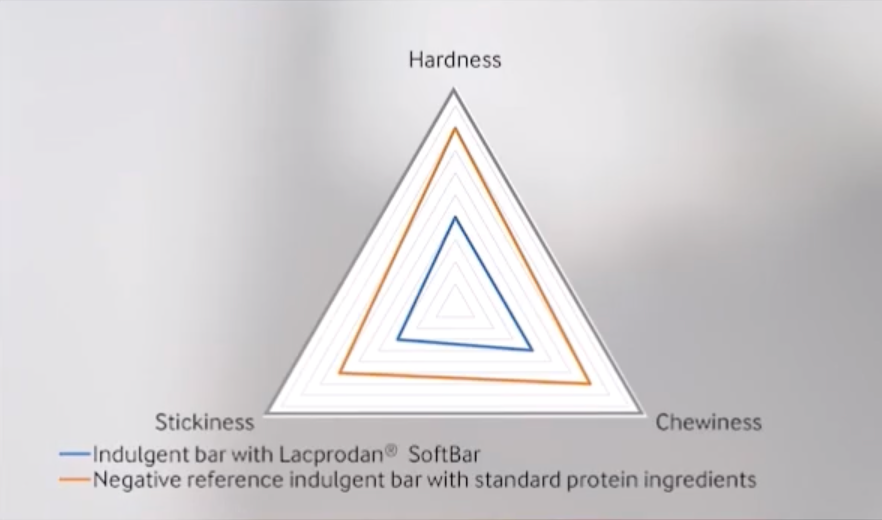
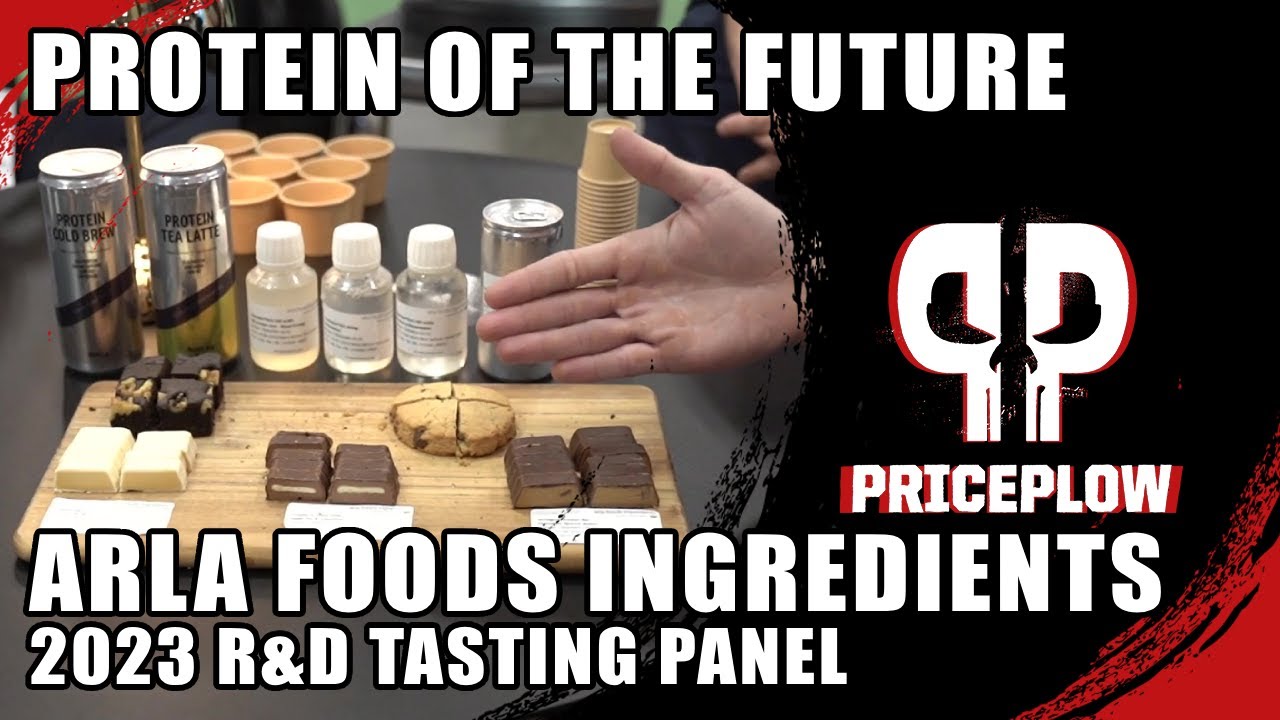
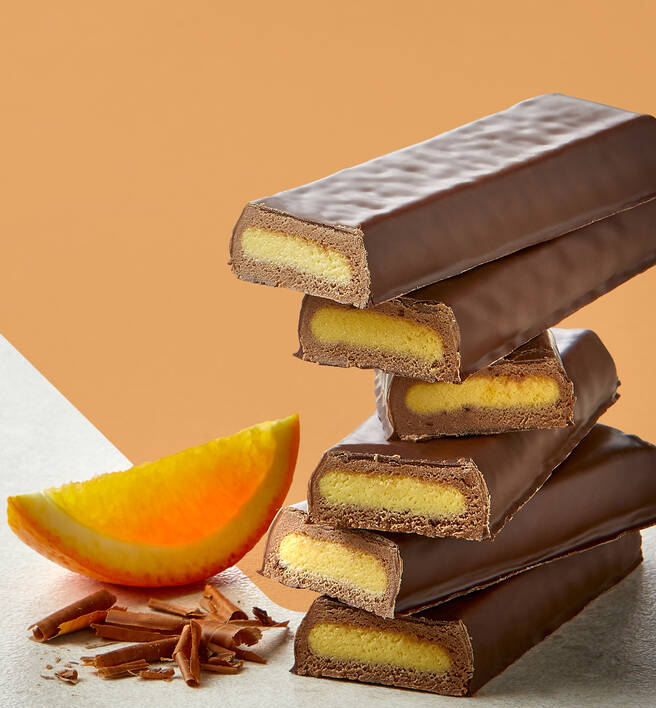
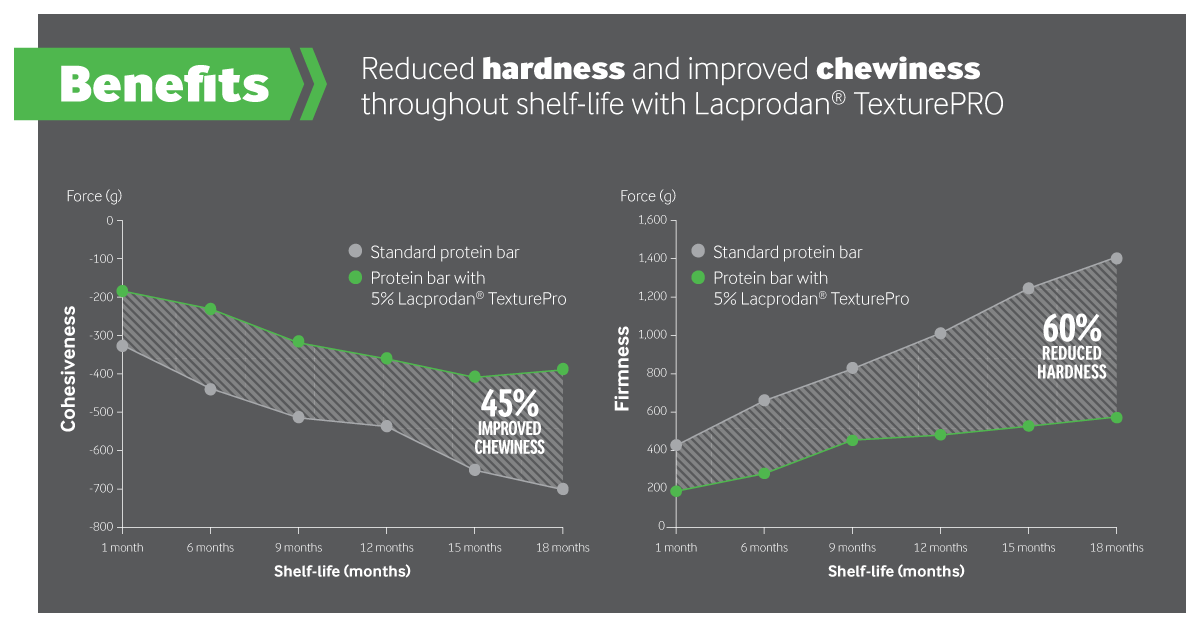
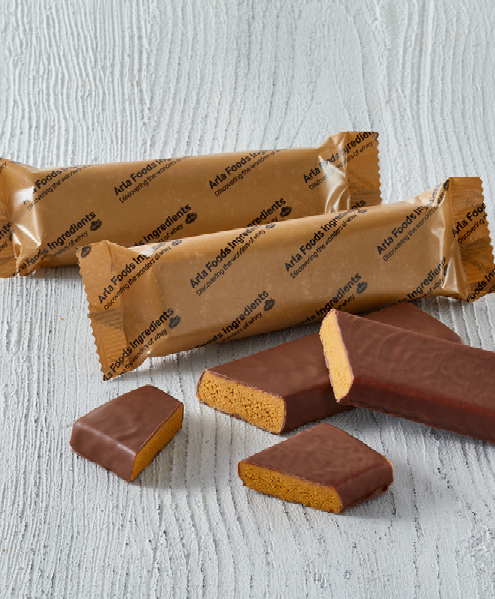



Comments and Discussion (Powered by the PricePlow Forum)